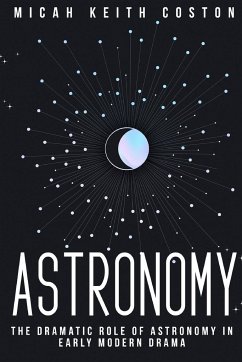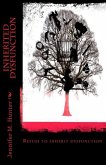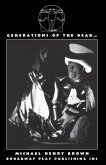This thesis considers the dramatic role of astronomy in early modern drama and investigates the ways that dramatists from this period used established and emerging astronomical concepts in plays and on the stage. Their borrowing and reconstituting astronomical elements corresponded to the period's interest in celestial phenomena, discovery, and cosmological significance. However, as dramatists developed an astronomical dramaturgy, they modified and reshaped celestial elements, events, and ideas for specific theatrical purposes. Contemporaries of continental astronomers, such as Tycho Brahe, Johannes Kepler, Galileo Galilei, and those closer to home, including Leonard and Thomas Digges, Thomas Harriot, and John Dee, early modern dramatists participated in the astronomical momentum by manipulating ideas and expectations from early modern natural philosophy. Plays from this period demonstrate an alertness to the dramatic potential of celestial objects, properties, and events. Throughout the thesis, I argue that early modern dramatists used astronomical figures as part of their dramaturgical strategies. Astronomical phenomena functioned as verbal and visual dramatic tools, and were put into plays as spatial metaphors, narrative events, characters, and as visual spectacle and acoustic effect. This thesis explores the complex use of astronomical elements as catalysts for staging spectacle, stimulating wonder, altering plots, developing character, and prompting movement.








